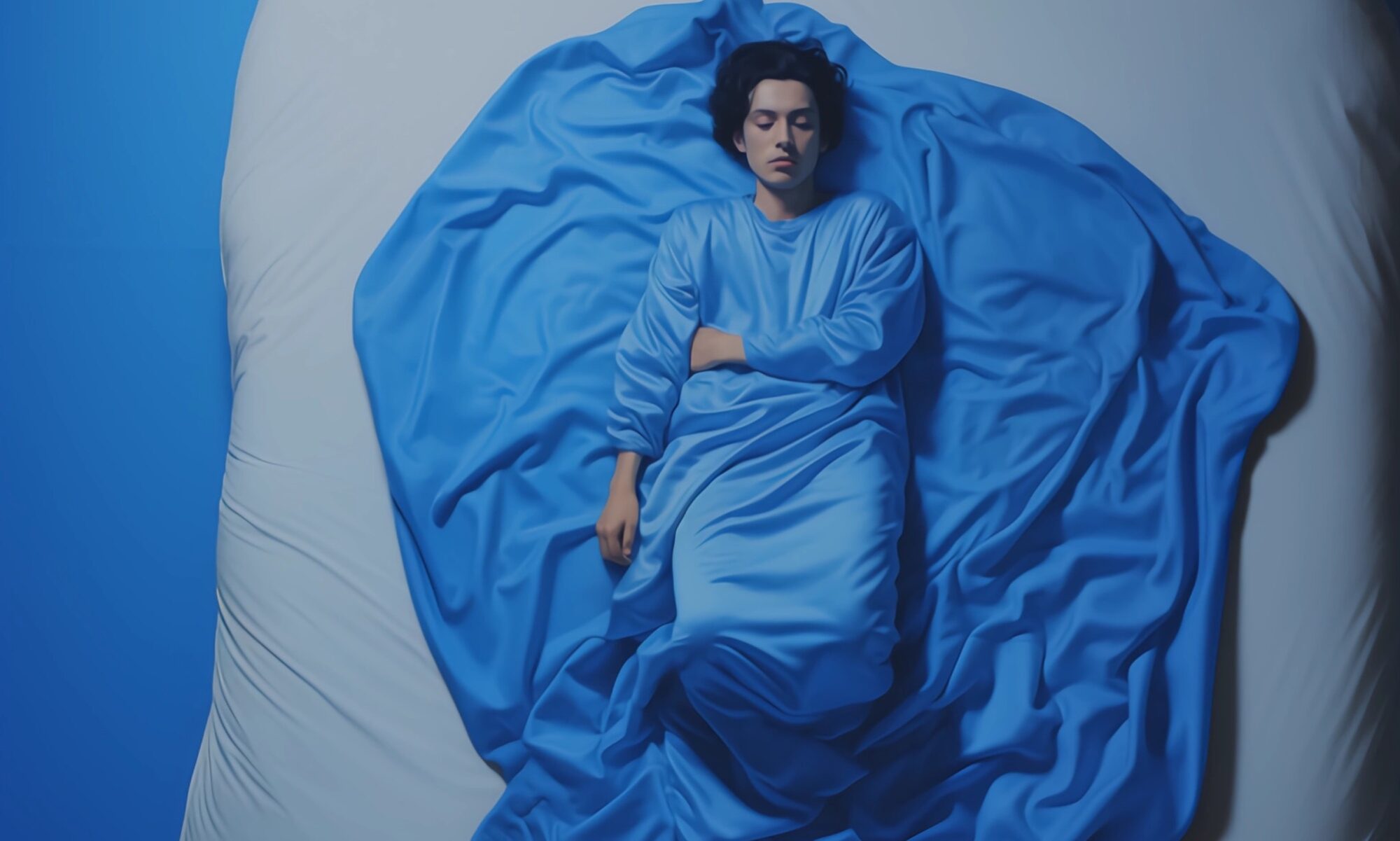Discover the soothing sounds of musical instruments that are perfect for enhancing your sleep quality. Learn how these calming tones can create a peaceful atmosphere and help you drift into a restful slumber.
Certain instruments have a rare ability to calm the mind and relax the body. Their gentle vibrations and soft melodies work wonders for those struggling with restless nights. Choosing the right soundscape could make all the difference when it comes to falling asleep more easily.
The harp is a classic example of an instrument that induces tranquillity. Its delicate plucking creates an ethereal sound that feels like a lullaby for the soul. Many find harp music mesmerising, as it helps to ease stress and quieten racing thoughts.
Wind instruments like the flute also offer a serene experience. The airy, flowing tones of a flute mimic the rhythm of breathing, making it a natural companion for bedtime. Its soft, melodic tunes create a sense of calm, perfect for unwinding after a long day.
Pianos, when played gently, produce a soothing resonance. A slow piano melody can evoke feelings of comfort and nostalgia, helping to create a safe and peaceful environment. Even minimalist compositions can be enough to lull the mind into a dreamy state.
String instruments, such as the cello, are another favourite for sleep-inducing soundscapes. The deep, rich tones of the cello can feel almost like a warm embrace, grounding the listener. It’s no wonder many use cello music as an anchor for mindfulness and relaxation.
For those who prefer something a little more unconventional, Tibetan singing bowls are worth exploring. These ancient instruments produce harmonic vibrations that are deeply healing. Their resonant hum can align with the body’s natural rhythms, promoting a meditative state conducive to sleep.
Each person’s preference will vary, of course. Some may find solace in the soft strumming of an acoustic guitar, while others might prefer the gentle hum of a clarinet. The key lies in experimenting with different sounds and finding what resonates most with your inner calm.
Incorporating these soothing instruments into your evening routine can transform your sleep experience. Whether you play these sounds softly in the background or actively listen during a relaxation session, the benefits are undeniable. With the right music, drifting off to sleep can become an effortless pleasure.


